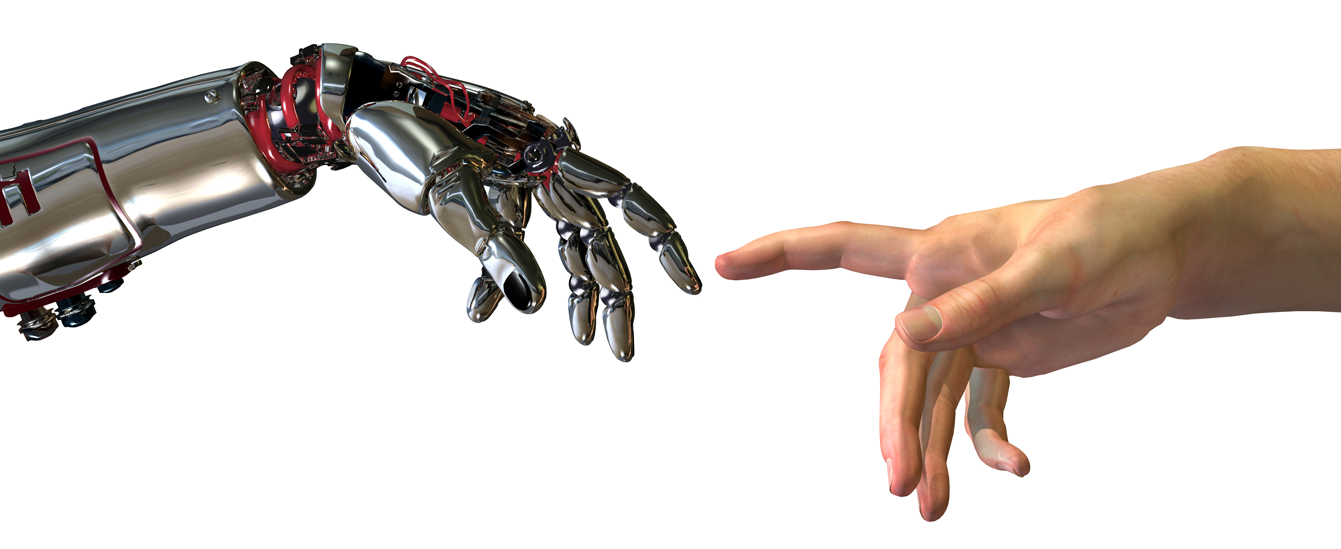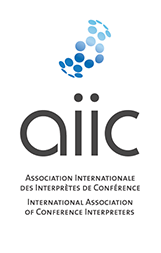
AIIC and new technologies
From the outset, the profession has been driven by technological innovation
The interplay of technology and interpreting is not new. Technology has always had an impact on interpreting, especially since the 1920s when the first simultaneous interpretation system was invented.
Simultaneous conference interpreting was made possible by technological advances – at the time using wired systems for speech transmission, modified telephones and telephone exchanges. The invention of simultaneous interpretation equipment radically changed the way interpretation was delivered.
Internet and information technology
Over time, the advent of the Internet and the emergence of more efficient technologies have allowed more sophisticated set-ups with different consoles, headsets, microphones and booth designs, among others.
More recently, new advances in information and communication technologies (ICTs) have been virtually reshaping interpreting practices, thus leading to the possibility for Remote Simultaneous Interpreting (RSI), as one of the modalities covered by the concept of Distance Interpreting (DI)
Ensuring benefits for interpreters and their clients
Given the rapid technological advances, it is of utmost importance to ensure that technology ensures quality of service and protects interpreters' health and working conditions.
AIIC has met the challenge by adopting a balanced and responsible approach, advising that technological advances be used in a sound way for the benefit of the profession, while averting the risk of technological innovations being adopted in an indiscriminate manner to the detriment of best interpreting practices.
To that end, AIIC has conducted different studies on protection against risks such as acoustic shock, standards for equipment and working environments, and ISO standards. Work by AIIC has thus resulted in a number of specific recommendations, for example on ISO compliant headsets for interpreters and distance interpreting guidelines.
